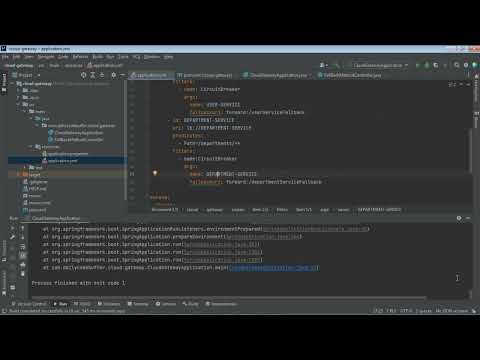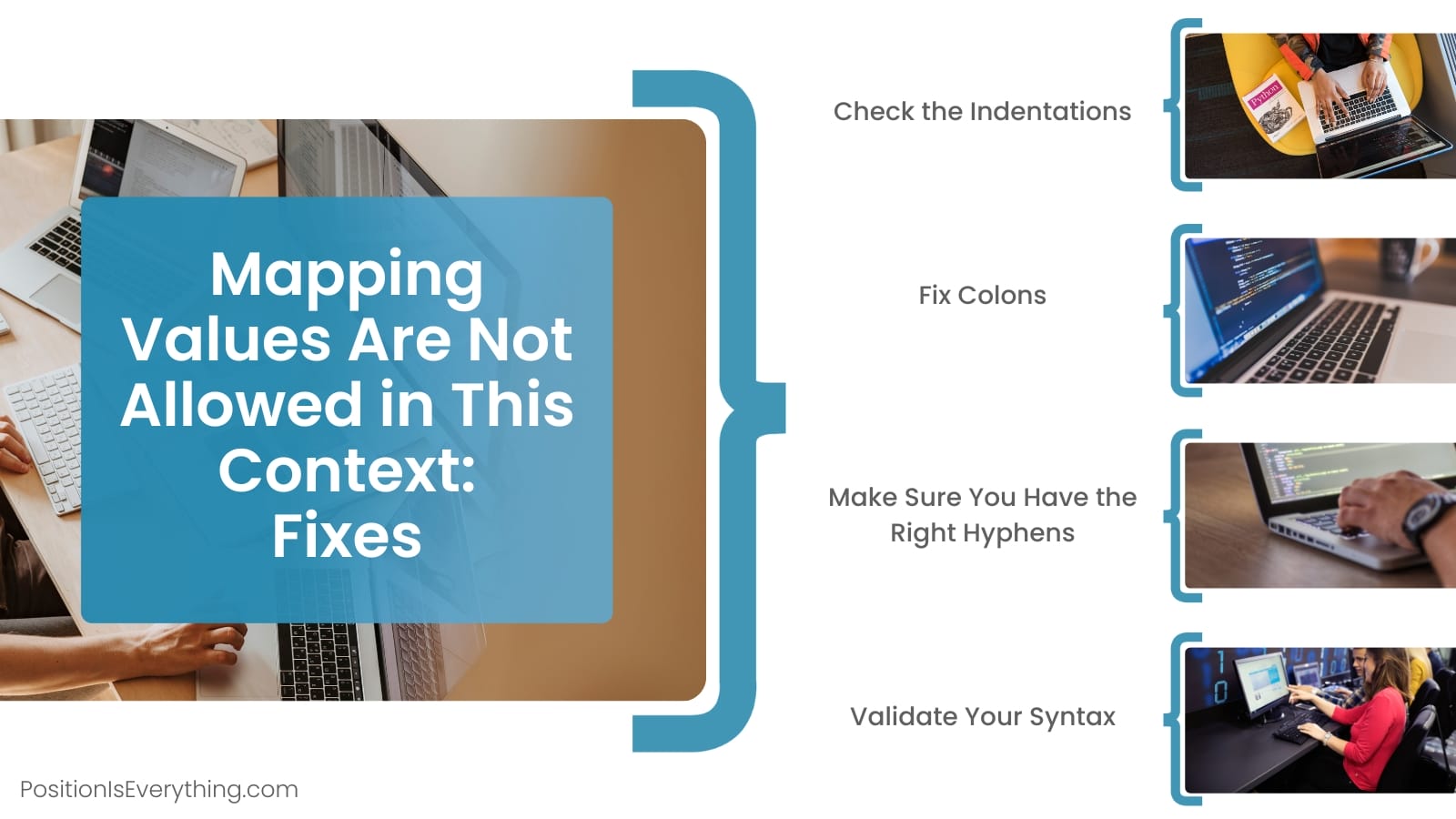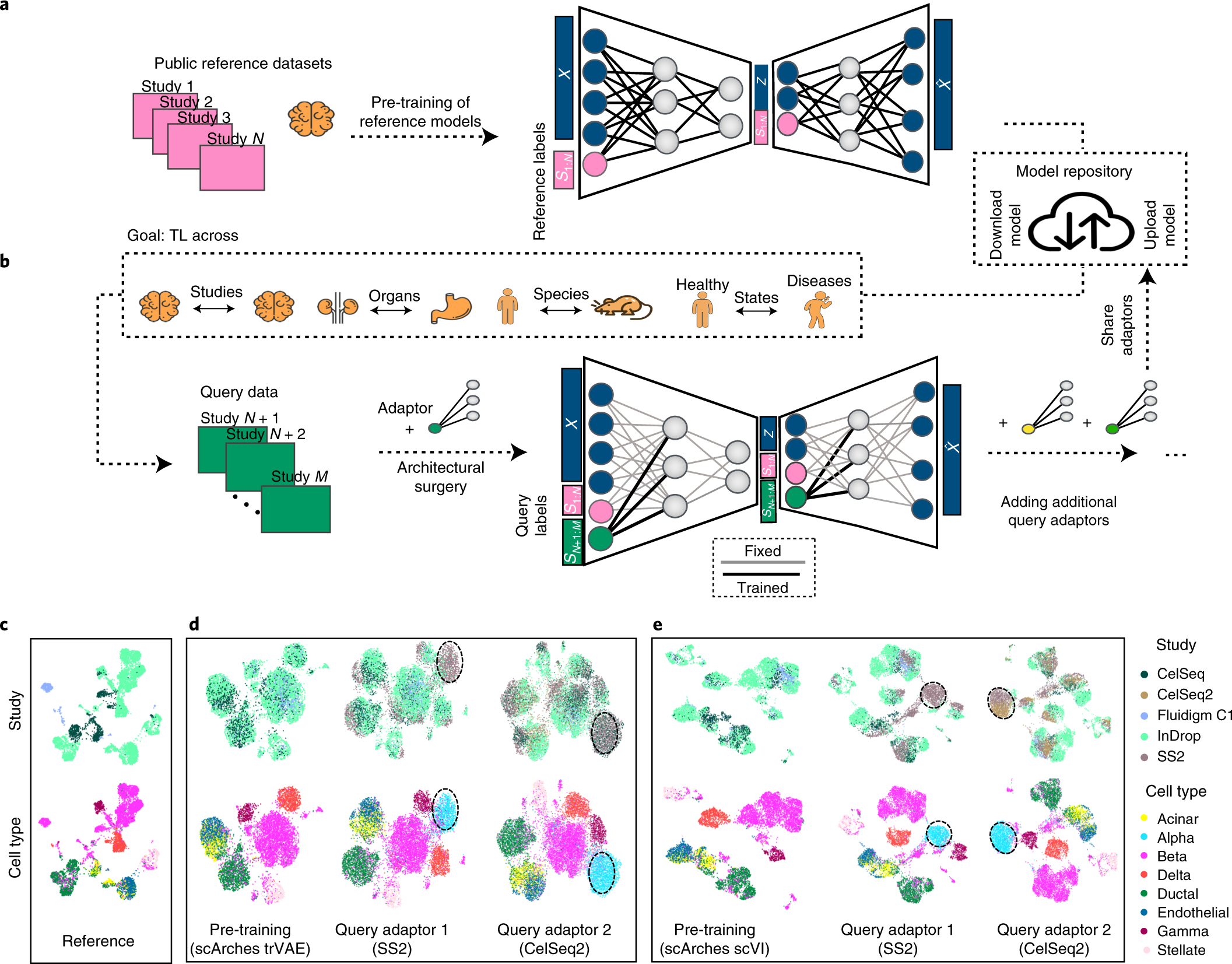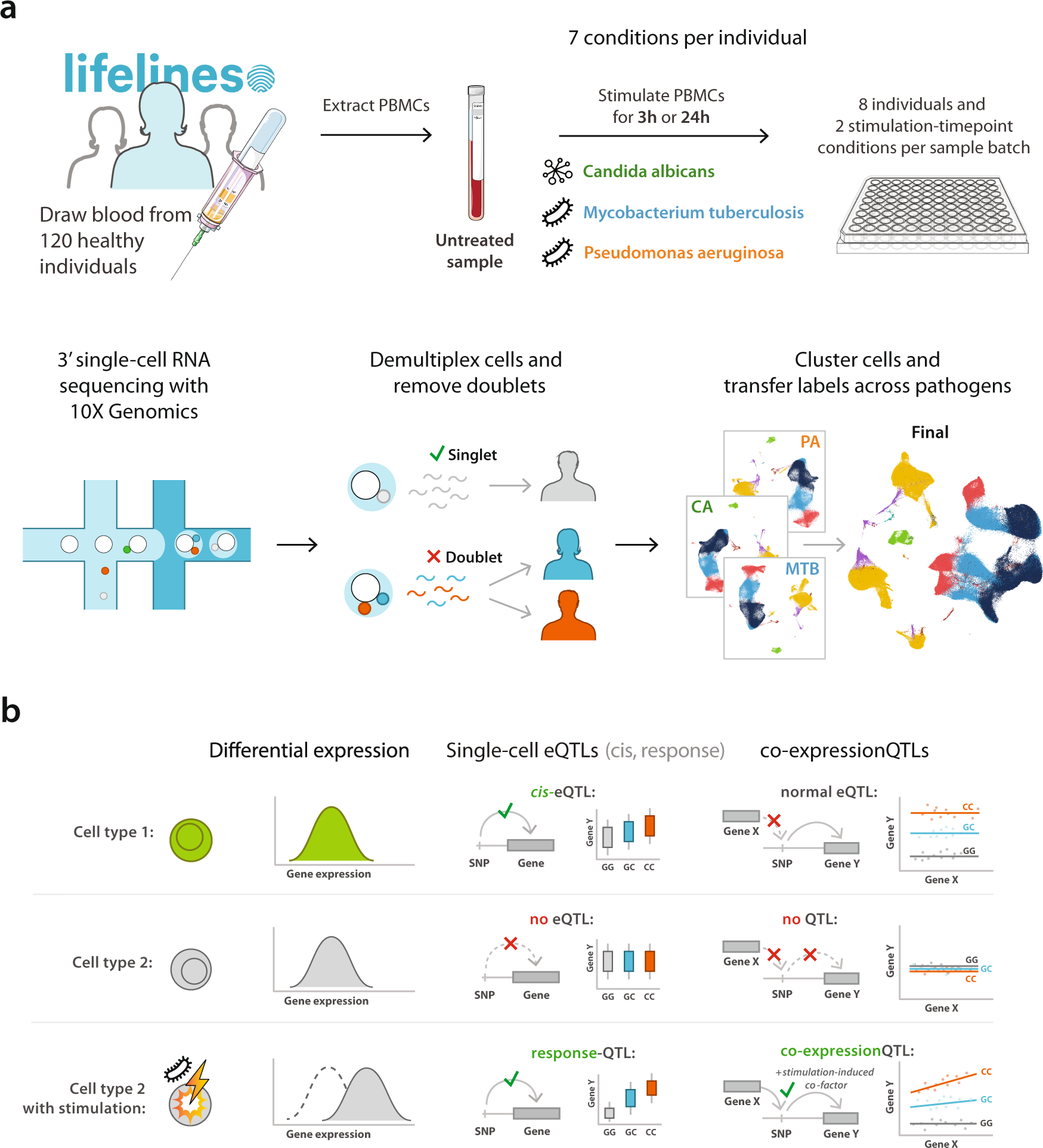Mapping Values Are Not Allowed In This Context
Mapping values play a crucial role in various contexts, allowing us to establish relationships, assign attributes, and organize information efficiently. By mapping values, we create a clear structure and establish connections between different elements. However, there are certain scenarios and contexts where mapping values are not allowed. In this article, we will explore the concept of mapping values, the importance of mapping values in various contexts, the restrictions imposed on mapping values in a specific context, reasons for prohibiting mapping values, alternatives and workarounds for dealing with mapping values, and potential future changes in mapping values regulations.
The Concept of Mapping Values
Mapping values refer to the process of assigning values to specific keys or attributes within a mapping structure. A mapping structure typically consists of key-value pairs, where keys act as unique identifiers and values represent the associated information or attributes. This concept is widely used in data organization, programming, and various other fields where structured information is crucial.
The Importance of Mapping Values in Various Contexts
Mapping values are essential in numerous contexts due to the inherent benefits they provide. In data organization and programming, mapping values allow us to structure and store information efficiently. By associating values with specific keys, we can retrieve and manipulate data easily. Mapping values are also prevalent in geographic information systems (GIS), where they are utilized to assign attributes to locations, such as latitude and longitude coordinates.
Restrictions on Mapping Values in This Specific Context
In certain contexts, mapping values are not allowed or restricted. One such example is encountered when working with YAML (YAML Ain’t Markup Language) files. YAML is a human-readable data serialization language often used for configuration files and data exchange between languages. While YAML supports mapping values in general, there are specific scenarios where they are prohibited.
Some common error messages encountered when mapping values are not allowed in a YAML context include:
– “Mapping values are not allowed here”
– “Services must be a mapping”
– “Did not find expected key”
– “YAML scanner scannererror mapping values are not allowed here”
– “Nested mappings are not allowed in compact mappings”
– “Resource mapping not found for name Kubernetes”
– “YAML Onlinemapping values are not allowed in this context”
Reasons for Prohibiting Mapping Values in This Context
The restrictions on mapping values in certain YAML contexts are usually imposed to maintain the integrity and structure of the file. YAML follows a specific syntax and structure, and mapping values in prohibited scenarios can lead to confusion or errors. Additionally, limiting mapping values in specific contexts ensures consistency and prevents potential conflicts or inconsistencies arising from incorrect usage.
Alternatives and Workarounds for Dealing with Mapping Values
When mapping values are not allowed in a specific YAML context, alternative approaches can be used to achieve the desired outcome. One workaround is to use a sequence of mappings instead of a single mapping. By employing a sequence, multiple mappings can be organized and related to each other, providing an alternative structure that complies with the restrictions.
Another approach is to use a combination of keys and scalar values instead of mapping values directly. By assigning scalar values to specific keys, we can communicate information effectively without violating the restrictions.
YAML validators and online tools can also be helpful in identifying and resolving mapping value errors. These tools analyze the YAML file structure and provide feedback on any syntax or structural issues, assisting in rectifying mapping value-related errors.
Potential Future Changes in Mapping Values Regulations
As technology evolves and programming languages and data standards advance, there is a possibility of future changes in mapping values regulations. These changes may involve relaxing certain restrictions on mapping values or introducing new syntax and structures to accommodate evolving needs. However, any future changes would need to be carefully considered to ensure compatibility with existing systems and to maintain the integrity and consistency of data.
FAQs
Q: What is the purpose of mapping values?
A: Mapping values help establish relationships, assign attributes, and organize information efficiently. They are widely used in data organization, programming, and geographic information systems.
Q: Why are mapping values not allowed in certain YAML contexts?
A: Restrictions on mapping values in YAML are imposed to maintain file integrity, syntax consistency, and prevent potential conflicts or inconsistencies.
Q: What are some common error messages encountered when mapping values are not allowed in YAML?
A: Common error messages include “Mapping values are not allowed here,” “Services must be a mapping,” and “Did not find expected key.”
Q: What are alternatives to mapping values in restricted YAML contexts?
A: Workarounds include using a sequence of mappings or combining keys and scalar values instead of mapping values directly.
Q: How can YAML validators and online tools help resolve mapping value errors?
A: YAML validators and online tools analyze the structure of the YAML file and provide feedback on syntax and structural issues, helping identify and rectify mapping value-related errors.
Q: Are there any potential future changes in mapping values regulations?
A: As technology evolves, future changes in mapping values regulations may occur, but they would need to be carefully considered to ensure compatibility with existing systems and data consistency.
In conclusion, while mapping values are a fundamental part of data organization and programming, there are specific contexts where they are not allowed. Understanding the concept of mapping values, the reasons for restrictions in certain YAML contexts, and exploring alternative approaches and workarounds can help navigate and resolve mapping value-related errors effectively. As technology progresses, potential future changes in mapping values regulations may arise, emphasizing the need for adaptable and compatible data structures.
Org.Yaml.Snakeyaml.Scanner.Scannerexception: Mapping Values Are Not Allowed Here
Keywords searched by users: mapping values are not allowed in this context Mapping values are not allowed here, Services must be a mapping, Did not find expected key, Yaml scanner scannererror mapping values are not allowed here, YAML validator, Nested mappings are not allowed in compact mappings, Resource mapping not found for name Kubernetes, YAML Online
Categories: Top 36 Mapping Values Are Not Allowed In This Context
See more here: nhanvietluanvan.com
Mapping Values Are Not Allowed Here
Mapping values, also known as value mappings or value-based judgments, refer to the act of assigning subjective values or judgments to different aspects of society, such as individuals, cultures, or behaviors. These value mappings can be based on various criteria, including personal beliefs, cultural norms, or societal expectations. While mapping values is a common practice in many areas of life, it is important to understand that certain contexts and platforms do not permit the explicit expression of these value mappings. In this article, we will explore these restrictions in more detail, discussing why they exist and clarifying common FAQs related to this topic.
Why are mapping values not allowed?
The prohibition of mapping values in certain contexts can be attributed to several reasons. One crucial aspect is the potential for discrimination and bias. Value mappings are inherently subjective and can perpetuate prejudices or marginalize certain groups or beliefs. By explicitly expressing value judgments, individuals may inadvertently promote inequality, discrimination, or hate speech. To ensure a fair and inclusive environment, platforms and contexts implement strict regulations against mapping values.
Additionally, mapping values can hinder open and respectful discussions. When people hold strong value judgments, they tend to become more closed-minded and less receptive to alternative perspectives. This can impede the progress of constructive discussions and hinder the development of empathy and understanding. By refraining from mapping values, contexts can encourage more open and unbiased conversations among individuals with diverse viewpoints.
Furthermore, mapping values can undermine objectivity and impede the pursuit of truth. In fields such as science, journalism, or law, maintaining objectivity and a commitment to evidence-based reasoning is crucial. Introducing value mappings into these spheres can blur the lines between facts and personal judgments, compromising the integrity and credibility of these fields. Therefore, to ensure the pursuit and dissemination of accurate information, platforms and contexts discourage the explicit expression of value mappings.
Frequently Asked Questions (FAQs):
Q: Are all forms of value mapping prohibited?
A: It is important to distinguish between personal beliefs or value judgments and explicit expression or promotion of these values. While individuals are entitled to hold their own values, many platforms and contexts explicitly prohibit the explicit expression or promotion of these values. Different platforms may have varying policies, so it is essential to review and adhere to specific guidelines.
Q: Which platforms or contexts generally ban mapping values?
A: Mapping values is often disallowed in contexts such as social media platforms, online forums, academic publications, and professional settings. These contexts aim to foster open discussions, knowledge sharing, and professional conduct, all of which can be undermined by the explicit promotion of value mappings.
Q: What are the consequences of violating these rules?
A: Consequences for violating rules against mapping values vary depending on the context. In social media platforms and online forums, violations may result in infractions ranging from content removal, temporary suspensions, account terminations, or even legal actions in severe cases. Academic and professional settings may impose disciplinary measures, including warning letters, dismissal, or loss of reputation.
Q: Does prohibiting mapping values infringe on free speech?
A: Prohibitions against mapping values are often misunderstood as infringements on free speech. However, it is important to note that free speech is not absolute and can be limited to maintain a safe and inclusive environment. Platforms and contexts have a responsibility to protect their users from harm, discrimination, and hate speech. Therefore, the restrictions on mapping values aim to strike a balance between individual expression and ensuring the overall well-being and fairness in the community.
Q: Can individuals still express their opinions without mapping values?
A: Absolutely. Individuals can express their opinions, share experiences, and engage in discussions without explicitly mapping their values. By focusing on personal experiences, rational arguments, and evidence-based reasoning, individuals can contribute to constructive conversations without resorting to subjective value judgments.
Q: How can individuals promote diversity and inclusion without mapping values?
A: Promoting diversity and inclusion without mapping values begins with fostering empathy, respect, and active listening. By genuinely seeking to understand alternative perspectives, acknowledging cultural differences, and focusing on shared values and goals, individuals can contribute to a more inclusive society. Engaging in educational initiatives, promoting dialogue, and challenging one’s own biases are important steps towards fostering diversity and inclusion.
In conclusion, while mapping values is a natural human tendency, it is essential to recognize that certain contexts and platforms prohibit their explicit expression. By refraining from mapping values, individuals can contribute to fair and inclusive environments that promote open discussions, objectivity, and the pursuit of truth. Understanding the reasons behind these prohibitions and adhering to specific guidelines is crucial for fostering a harmonious and respectful community.
Services Must Be A Mapping
A mapping service, in simple terms, is a mechanism that provides users with a visual representation of geographical data. It involves the creation of maps that display various features including roads, landmarks, and other points of interest. These maps are then used to guide individuals from one point to another.
The importance of mapping services cannot be overstated. They revolutionize the way we travel and navigate, making it easier for us to find our way and save time. Whether you are commuting to work, exploring a new city, or planning a road trip, mapping services provide the necessary tools to help you navigate efficiently.
Not only do mapping services help individuals find their way, but they also have numerous applications across various industries. For example, emergency services rely heavily on mapping technology to quickly locate and reach individuals in need. Similarly, logistics and transportation companies rely on accurate mapping services to optimize routes, minimize delivery times, and reduce transportation costs.
One of the key features of mapping services is their ability to update and adapt in real-time. By integrating data from multiple sources and constantly refreshing the maps, these services can provide users with up-to-date information on road conditions, traffic congestion, and alternative routes. This dynamic nature of mapping services ensures that users receive the most accurate and reliable information possible.
Moreover, mapping services have evolved to offer a range of additional features that enhance the user experience. These include turn-by-turn navigation, voice assistance, satellite imagery, street view, and the ability to search for specific locations or points of interest. These features not only aid in navigation but also provide users with valuable information about their surroundings.
With the ever-increasing popularity of smartphones, mapping services have become more accessible and user-friendly. Today, there are numerous mapping applications available for both Android and iOS devices, offering a wide range of features and functionalities. These apps often allow users to save favorite destinations, organize trips, and even share their locations with others, further enhancing their usability.
FAQs:
Q: What is the difference between mapping and navigation?
A: Mapping refers to the creation of visual representations of geographical data, while navigation involves using these maps to find routes and directions to specific destinations.
Q: Are mapping services always accurate?
A: Mapping services rely on data from various sources, including satellite imagery and user-generated inputs. While they strive to provide accurate information, occasional discrepancies can occur due to factors such as road changes, construction, or incomplete data.
Q: Can I use mapping services offline?
A: Many mapping applications now offer offline capabilities, allowing users to download maps and use them without an internet connection. These offline maps can be particularly useful when traveling to areas with limited or no internet access.
Q: Are mapping services only available on smartphones?
A: No, mapping services are available on various devices, including smartphones, GPS devices, and online platforms. While smartphones have made mapping services more accessible, other devices can also be used to access these services.
Q: Are mapping services available worldwide?
A: Most mapping services cover a wide range of locations globally. However, there may be areas with limited or no coverage, particularly in remote or less populated regions.
In conclusion, mapping services play a vital role in our day-to-day lives, helping us navigate and find our way to specific destinations. These services offer accurate and real-time information, making them indispensable tools for individuals and various industries alike. With constant advancements in technology, mapping services continue to evolve, providing users with a seamless navigation experience and facilitating efficient transportation and logistics operations.
Did Not Find Expected Key
Have you ever encountered the frustrating error message “Did not find expected key” while using a software or application? This perplexing error can leave users scratching their heads, wondering what went wrong. In this article, we will delve into the intricacies of this error message, explore its possible causes, and provide some troubleshooting tips to help you resolve the issue.
Understanding the “Did not find expected key” error message
The “Did not find expected key” error message typically occurs when the software or application you are using is unable to locate a specific key or value in its database or configuration files. Keys can be thought of as unique identifiers that help the software retrieve or store data in an organized manner. When the expected key is missing, it can disrupt the software’s normal operation, resulting in this error message.
Possible causes for the error
1. Corrupted or missing files: One common cause of the “Did not find expected key” error is corrupted or missing files. Software relies on a variety of files, including database files and configuration files, to function properly. If any of these files become corrupted or are accidentally deleted, the software may fail to find the expected key.
2. Incorrect installation: Another possible cause of this error message is an incorrect installation. If the software was not installed correctly, some essential files may not have been properly configured or placed in the designated directories. This can lead to the software’s inability to find the expected key.
3. Software updates or changes: Occasionally, software updates or changes to the configuration settings can lead to the “Did not find expected key” error. These updates can inadvertently alter the structure or location of keys, resulting in the software’s failure to find the expected key.
Troubleshooting the error
1. Restart the software: In some cases, the error may be temporary or caused by a minor glitch. Restarting the software can help reset its processes and resolve simple issues that may be causing the error.
2. Check for software updates: Ensure that you are using the latest version of the software. Developers often release updates to address bugs and improve compatibility. Updating your software may resolve the error if it was caused by an outdated version.
3. Verify file integrity: If you suspect missing or corrupted files, verifying the integrity of the software’s installation can be helpful. Many applications and operating systems have built-in tools to check the integrity of files and restore or repair any corrupted files.
4. Reinstall the software: If all else fails, reinstalling the software may be necessary. Uninstalling the software completely and then reinstalling it can ensure that all files are placed correctly and any corrupted files are replaced.
Frequently Asked Questions
Q1. Can this error be fixed by modifying the software’s configuration settings?
A1. Yes, it is possible that modifying the configuration settings can help resolve the error. However, it is recommended to seek guidance from the software’s documentation or support team for specific instructions on modifying configuration settings.
Q2. Are there any specific tools to repair missing or corrupted files?
A2. Many software applications have built-in repair or recovery tools that can help fix missing or corrupted files. Additionally, there are third-party tools available for file repair and recovery. However, it is important to exercise caution when using third-party tools and ensure they are trustworthy and compatible with your software.
Q3. What can I do to prevent encountering this error in the future?
A3. To prevent encountering the “Did not find expected key” error, it is crucial to follow proper installation procedures, including downloading the software from reputable sources. Regularly updating the software and backing up important files can also help prevent data loss or file corruption.
Q4. Should I contact the software’s support team if none of the troubleshooting steps resolve the error?
A4. Yes, if you have exhausted all troubleshooting steps and continue to encounter the error, it is advisable to reach out to the software’s support team. They can provide personalized assistance and guide you through any complex solutions specific to the software.
Conclusion
Encountering the “Did not find expected key” error can be frustrating, but with a solid understanding of the error message and some troubleshooting techniques, you can work towards resolving the issue. Remember to restart the software, check for updates, verify file integrity, and reinstall the software if necessary. If troubles persist, don’t hesitate to seek professional support from the software’s developers. By following these steps, you can overcome this error and get back to using your software seamlessly.
Images related to the topic mapping values are not allowed in this context

Found 20 images related to mapping values are not allowed in this context theme











Article link: mapping values are not allowed in this context.
Learn more about the topic mapping values are not allowed in this context.
- How to fix “mapping values are not allowed in this context …
- YAML error: “mapping values are not allowed in this context”
- Mapping values are not allowed in this context
- Syntax Error while loading YAML. mapping values are not …
- Invalid YAML: mapping values are not allowed in this context …
- Mapping values are not allowed in this context in Azure Pipeline
- Yaml: line 2: mapping values are not allowed in this context
- Mapping values are not allowed in this context at line – Atelier X
See more: nhanvietluanvan.com/luat-hoc